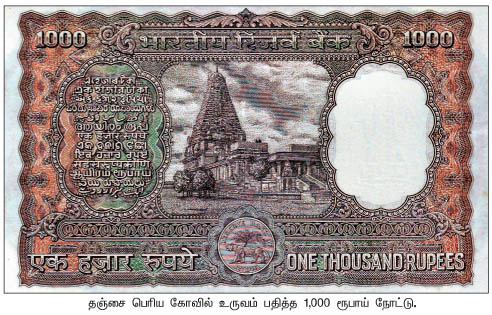On the very same day a well known businessman was unexpectedly elected as the president of the most powerful country of the world, the emerging economic powerhouse called India also received an unexpected announcement.
Modi’s demonetization weapon was a multi pronged sword – slash the cash driven corruption, tackle the issue of counterfeit money and get the masses onto the formal, taxable economic grid. Whether the last two months of ‘sacrifice’ by Indians queuing outside ATMs have paid off is a matter of considerable debate but steering off any controversy, in today’s article, we would get to see the history and success rate of the very concept of demonetization.
India: History Repeats itself
In the last couple of months, many people have come forward to claim that demonetization was their idea. Well, the truth is that the concept is nothing new. Infact, in India alone, Rs 1,000 and Rs 10,000 currency notes were demonetized in 1946, re-introduced in 1954 and then demonetized again in 1978. Again in 2014, Reserve Bank of India announced that it will withdraw all banknotes printed before 2005. Banks were allowed to exchange the old notes and anyone who wished to convert more than 10 pieces of Rs 1,000 notes was required to submit a government issued ID-card. So, the concept itself is nothing new.

Relic from the past: a 1954 1000 Rs. note which was scrapped in 1978
India not the only one
Demonetization or scrapping of certain currency denomination is rare but prevalent custom. Rather, just a few months before India’s step, Egypt had demonetized its 50 pound notes. In the United States, it is currently prohibited and the Coinage Act of 1965 applies to all US coins and currency regardless of age. Only examples of similar nature in the US are the banning of Confederate notes after their defeat in civil war and the 1933 ban of private ownership of gold bullion (which was repealed in 1974).
When the United Kingdom adopted decimal currency in place of pounds, shillings, and pence in 1971, the bank notes were replaced and coins of new denominations were introduced. The smallest and largest non-decimal circulating coins, the half penny and half crown, were withdrawn in 1969, and the other non-decimal coins with no precise equivalent in the new currency (1d, 3d) were withdrawn later in 1971.
There are macro-political reasons for such devaluation too. The successor states of the Soviet Union had to replace the Soviet ruble to introduce new currencies in the 1990s. Similarly, currencies used in the Eurozone before being replaced by the euro are not legal tender, but all banknotes were redeemable for euros for a minimum of 10 years (for certain notes, there is no time limit).
Moreover, individual coins or banknotes can be demonetised and cease to be legal tender (for example, the pre-decimal United Kingdom farthing or the Bank of England 1 pound note), but the Bank of England does redeem all Bank of England banknotes by exchanging them for legal tender currency at its counters in London (or by post) regardless of how old they are.
When the Iraqi Swiss dinar ceased to be legal tender in Iraq, it still circulated in the northern Kurdish regions, and despite lacking government backing, it had a stable market value for more than a decade. This example is often cited to demonstrate that the value of a currency is not derived purely from its legal status (but this currency would not be legal tender).
So this is a brief history of demonetization. While India continues with its cash woes, we can take solace in the fact that they are not the only one. Even though the scale has been unprecedented, turning currency into a piece of paper is not a new magic trick. With the opposition and public increasingly questioning the impact of this move, the next couple of months will be a real fire test for this step.
Bonus Read: What does Wharton think of the 2017 aftereffects of demonetization in India